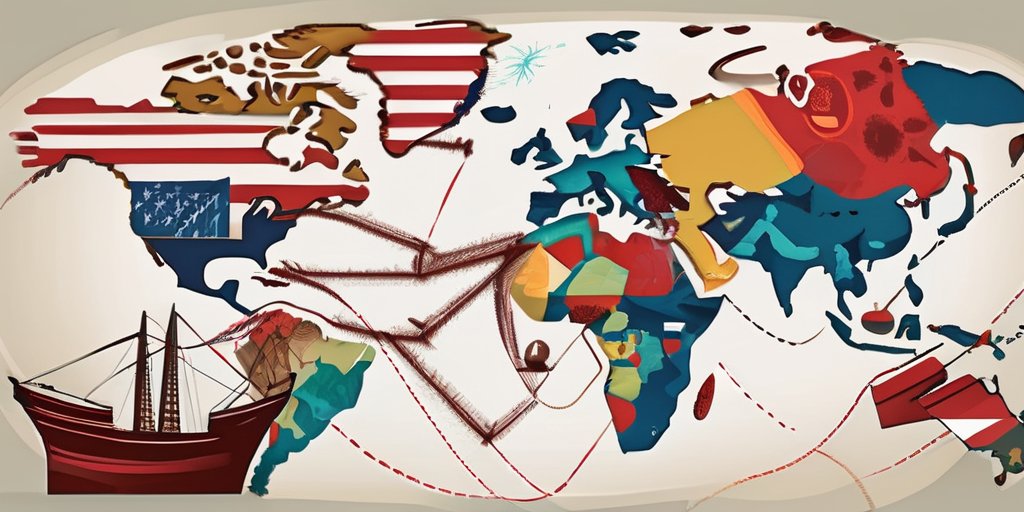In a dramatic turn of events in international trade, US President Donald Trump has proudly proclaimed a new trade deal with China as a major achievement during his presidency. However, despite Trump’s strong assertions of victory, many analysts are suggesting that Chinese leaders may actually be the ones coming out ahead in this negotiation.
Recently agreed upon in London, the full details of this elusive deal are still under wraps, but hints suggest that it mainly reinstates a prior agreement from May 2023 that had begun to unravel due to rising tensions and distrust between the two nations.
Experts highlight that this latest maneuver could signify a significant shift in the balance of power, with Chinese representatives feeling empowered and strategically positioned.
Liu Dongshu, an assistant professor at the City University of Hong Kong, noted, “China feels it has more bargaining power than it originally expected.” Many believe that the ongoing trade tussles have illuminated a key lesson: Trump may not be as unyielding as previously perceived.
While Trump’s proclamation of the deal being finalized was exuberant, Chinese commentary has adopted a more subdued tone. While he boasted on social media about securing access to rare earth minerals from China amidst maintained tariffs, Beijing’s official statements have emphasized the need for ‘equal dialogue’—a political tactic aiming to showcase China’s strength and negotiation capabilities.
As the US appears keen to engage in dialogue, the dynamics are shifting. The advisory from CGTN, China’s state broadcaster, pointed out, “Nations with 5,000 years of statecraft don’t fold to bullying. They negotiate as equals.” This perspective aligns with the broader consensus that the negotiations were more favorable for China than for Trump.
The latest trade framework not only appears to stop short of the sweeping changes Trump had previously suggested, but it also leaves in place the heavy tariffs that have been a central piece of his trade policy. Critics are questioning the effectiveness of Trump’s approach, noting that the tariffs on Chinese goods, now averaging around 55%, continue to weigh heavily on both economies, signaling an ongoing battle that will require more robust resolutions in the future.
In negotiations surrounding rare earth materials, a crucial commodity for several key industries including electronics and defense, the US has faced challenges amid mounting Chinese controls. Following an agreement to speed up approvals for rare earth shipments to US companies, the tension underscores China’s critical control of these vital materials and its potential to use this leverage in future discussions.
As Chinese officials build on the momentum from these negotiations, the pressure remains on Trump to justify his trade tactics. Insights from economic scholars suggest that while the trade deal indicates progress, trust still lagged, and fundamental disagreements—especially regarding tariffs and export controls—persist.
Analysts caution that the current approach needs colder economic logic rather than knee-jerk political reactions, as the requirement for a balanced resolution remains vital for both parties. Understanding that negotiating paths may involve periods of tension but ultimately lead to long-term deals is crucial.
While China is waiting to see how Trump’s strategy evolves, there remains a palpable anticipation of further negotiations as both powers navigate an intricate landscape rife with mutual dependencies and ongoing market challenges. As Trump continues to push for revitalized economic ties, many suggest he may need to recalibrate his position to find viable pathways forward—with the recognition that the art of negotiation is filled with potential pitfalls.
